Sourcing Fabrics for Fashion Design
First up, you might be wondering why I'm only sharing 2 tips for sourcing fabrics. Most of my posts share at least 5 tips, so why only 2 this time? Fabric is a very complex topic, but in my experience there's 2 things that really let new entrepreneurs down when it comes to sourcing fabric and communicating with suppliers, so I'll be focussing on those in this blog post.
The surprising thing is that the 2 points kinda contradict each other in a way, but hear me out and it'll all make sense!
Basically, the 2 most important things I can tell you about fabric sourcing are;
Don't be vague
Be open to suggestion
Let's explore those theories a bit more in this post…..
And if you really want to go all in on understanding fabrics, sourcing them and working with suppliers, we cover this in depth and lots of other fashion startup topics in The Fashion Startup Online Course which you can find here.
Don't be Vague
What do I mean exactly? Think of it like this. One of the services I provide is tech pack creation, which involves putting all the technical details of a garment together, in a format that the factory can follow. I always ask clients in advance if they have any specific details or fabrics in mind and almost all of them will say something vague like 'I want a cotton fabric'. This actually gives me very little indication as to what they're looking for.
I primarily work with people who have very limited fashion industry experience, so it's not a problem at all if client's don't have technical knowledge or the names of different types of fabrics. All I need to know, is what you expect from the fabric. For instance, saying something like, 'a lightweight stretchy cotton suitable for a t-shirt' is much more helpful, as I can imagine the type of fabric you mean and then think of the technical details for this, which I can then include on the tech pack.
The reason this description is so important is because there's literally thousands of variations of fabrics. If we continue with the example of cotton....cotton can be knitted into a t-shirt fabric or a sweatshirt fabric. It can be woven into a light bedsheet or a heavy denim. When you think of it like that, the description 'cotton' doesn't actually get you very far. It's just one piece of the puzzle.
If you're working with someone like myself, it's fine if you don't learn about all of the types of fabrics and their properties; that's what I'm here for, to suggest these things. But, if you want to work with a factory or fabric mill independently, you'll need to familiarise yourself with some fabric basics. If you just email the supplier saying you're looking for a cotton, chances are you won't even get a reply. Why? Because people are busy and factories and mills are in demand, so they don't want to spend time educating someone on the variations of cotton. They want someone who's already got an idea of what they want and who they can work with quickly and easily. If contacting directly, it's usually best to note a fabric type, composition, weight and any special features, such as washes and/or finishes.
Be Open to Suggestion
On the flip side, I'm always a big believer in being open to suggestion. Reason being is that there's often hundreds (if not thousands) of fabric types that will work for a particular garment, but the difficulty is finding it in the right quantity and at the right price. When sending enquiries about fabric sourcing, I always say something along the lines of 'or similar, send options for selection' after noting the composition I'm looking for. I find that when working with suppliers, particularly those where a language barrier can come into play, they can get a bit 'blinkered'. If you don't let them know you're option to suggestion, they'll only look for that exact quality you've listed and won't take anything else into consideration. For instance, I might have asked for a fabric that weights 220GSM, but the factory dismissed a 225GSM version because it did't match exactly. 220GSM or 225GSM would have been fine. Or I might be looking for a 95% Cotton 5% Elastane single jersey, but they only had a 94% Cotton 6% Elastane, so simply told me there was nothing available.....you get the idea. Be specific, but also let people know you'd like to see suitable options and pricing information, so you can then make an informed choice, or perhaps do some testing to help you decide. These small variances in fabrics can really have a big impact on the price you pay, so it's always great to check options to ensure the best quality vs price.
I hope this has helped you to understand the 2 key things that are important when sourcing fabric, whether it's through a fabric mill or factory. If you want to learn more about fabrics and sourcing them, or about the process of starting a fashion business and having your designs manufactured, The Fashion Startup Online Course was created just for you. It’s designed to help you go from zero to launch and sales with your brand, even if you’re brand new to the industry. Y
I hate spam too - if you sign up to this email list, your details won't be sold or leased to anyone else. I will email you from time to time with helpful content and occasional offers, which you can unsubscribe from at any time.


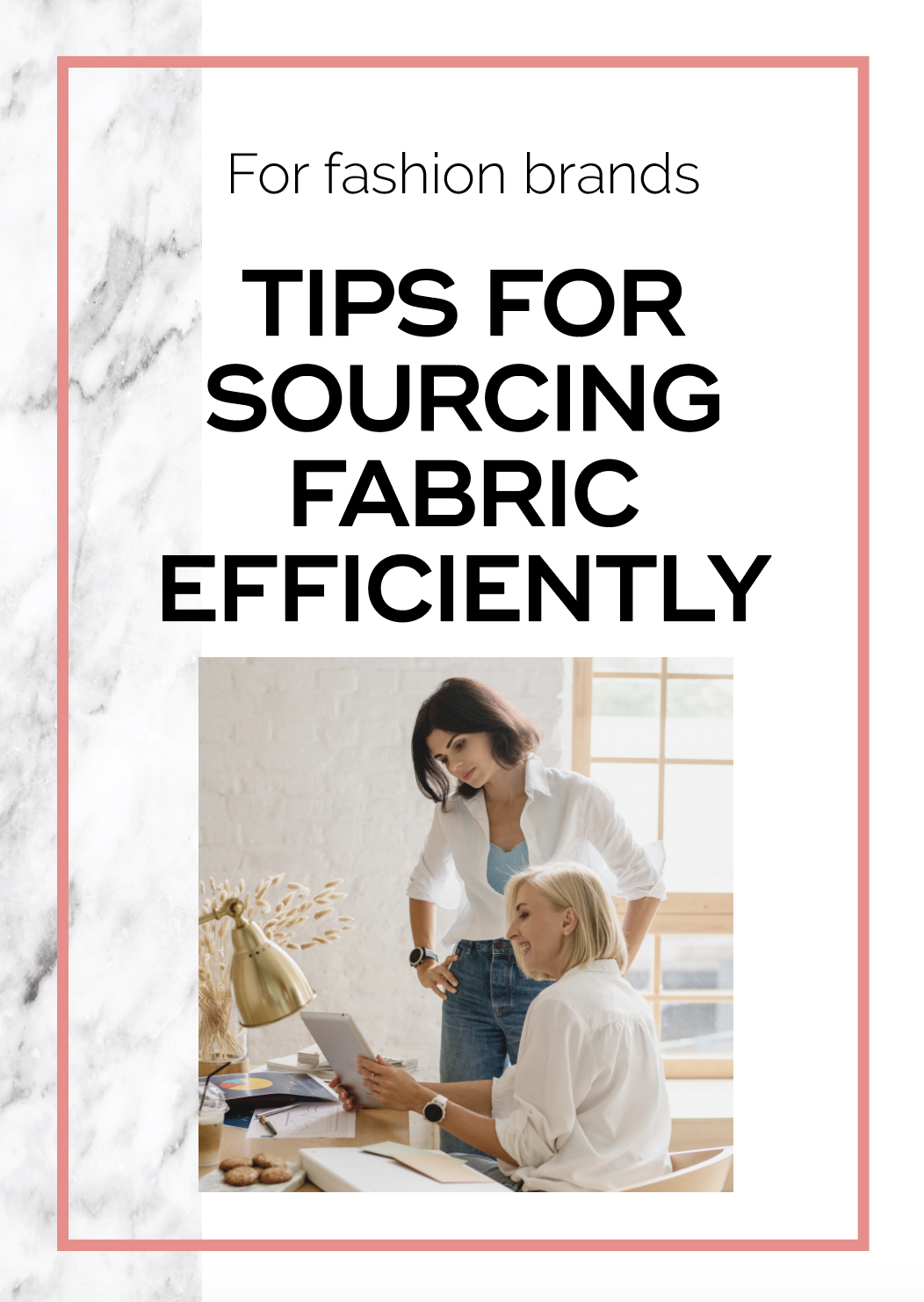
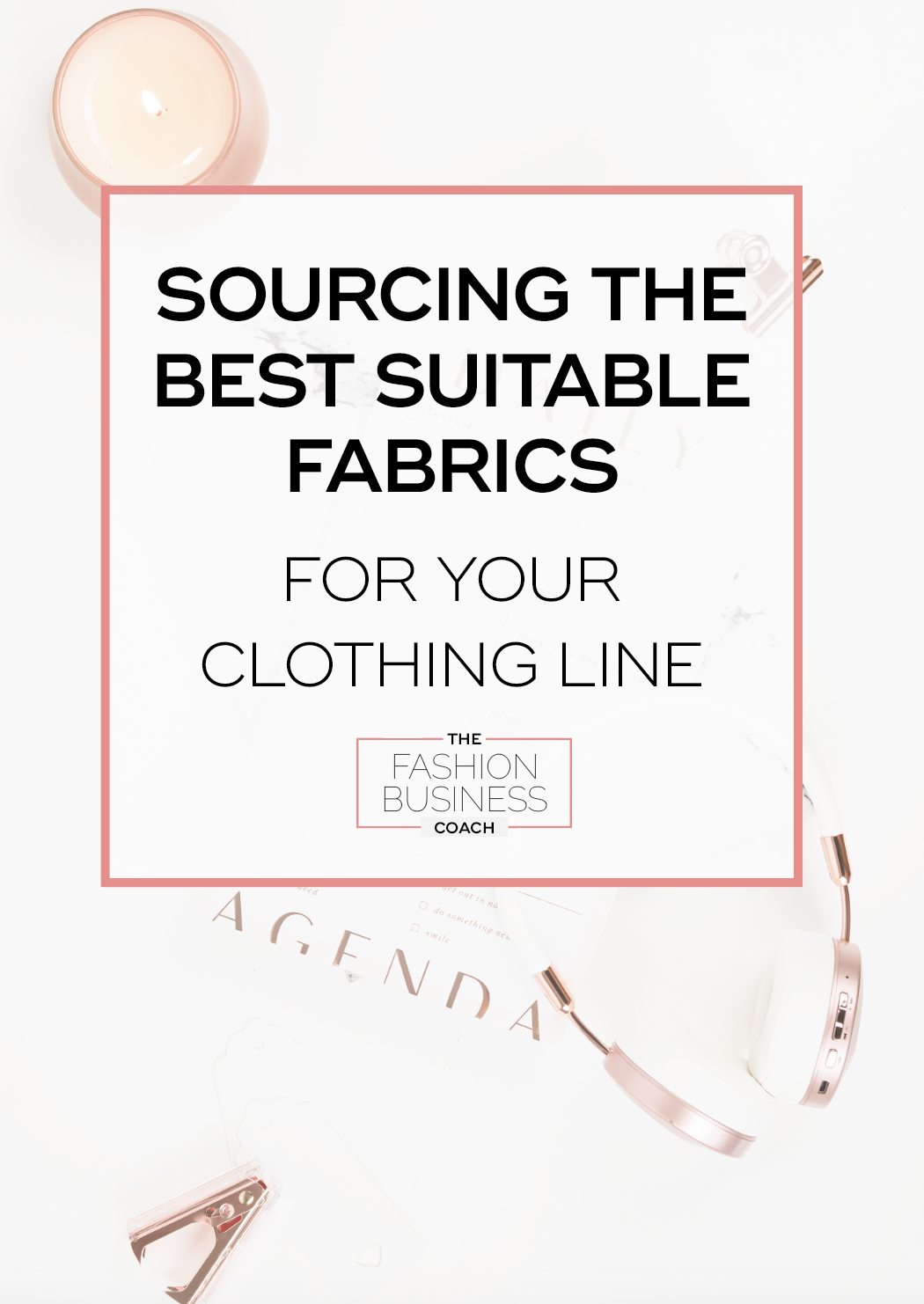
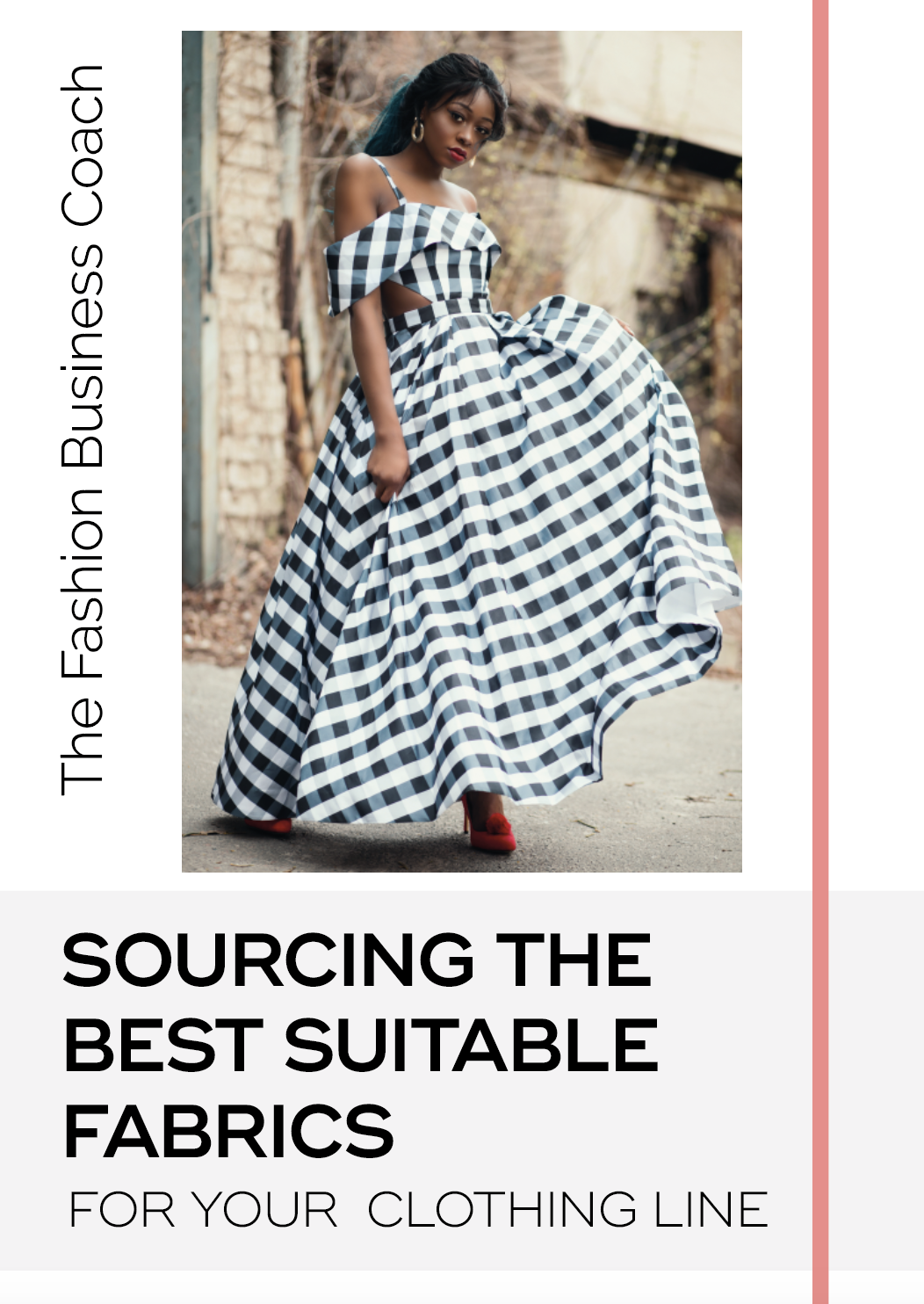
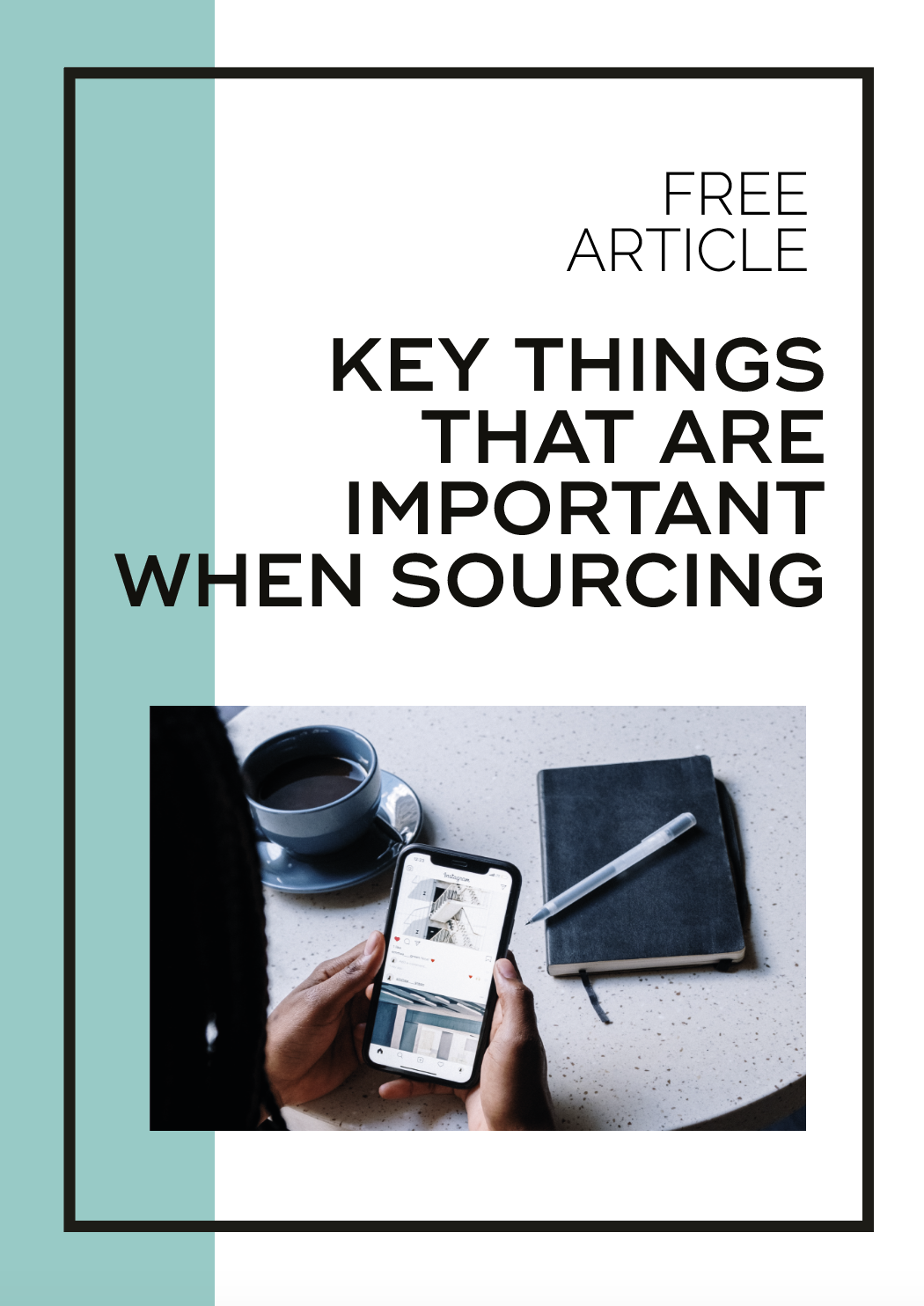
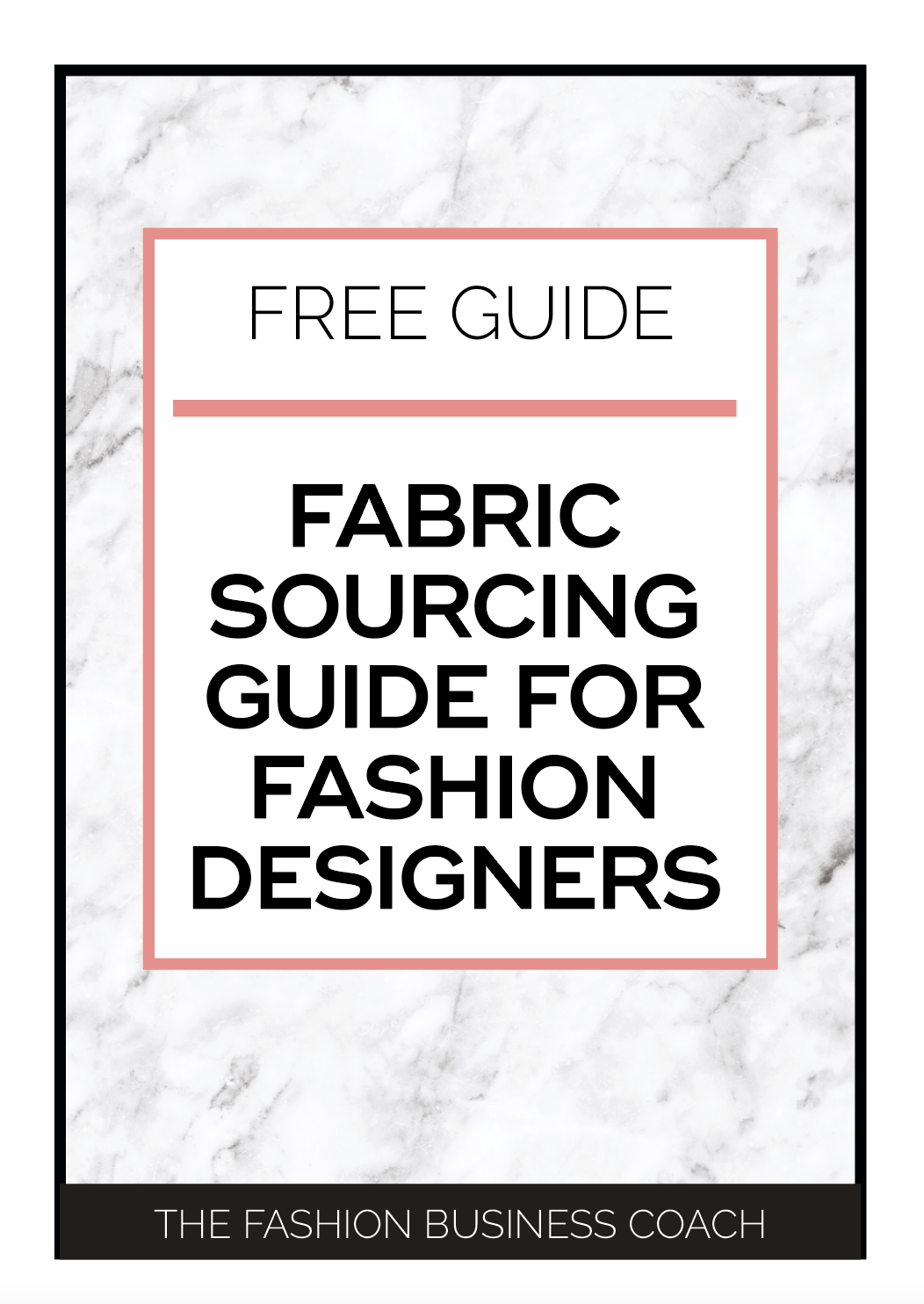
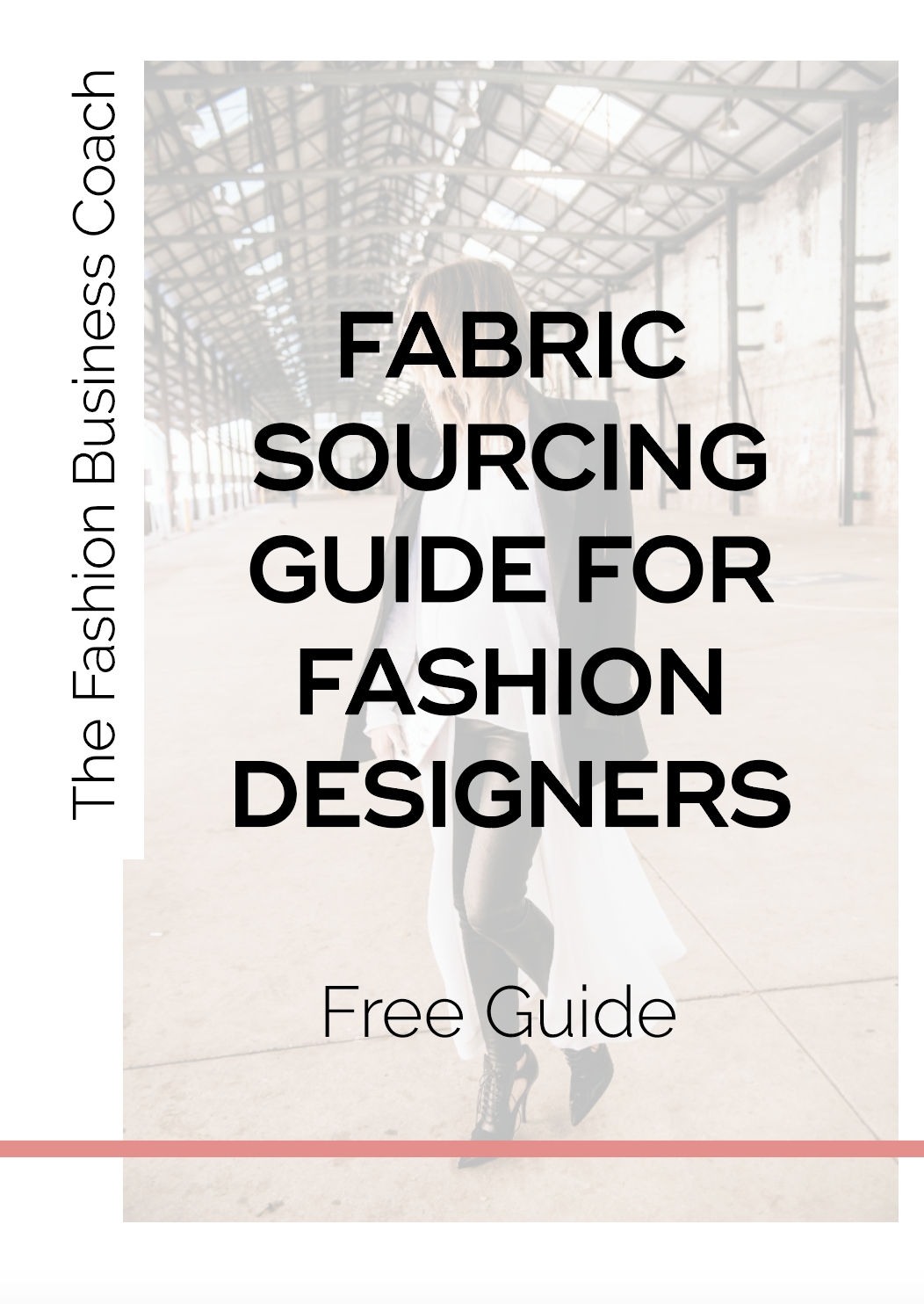
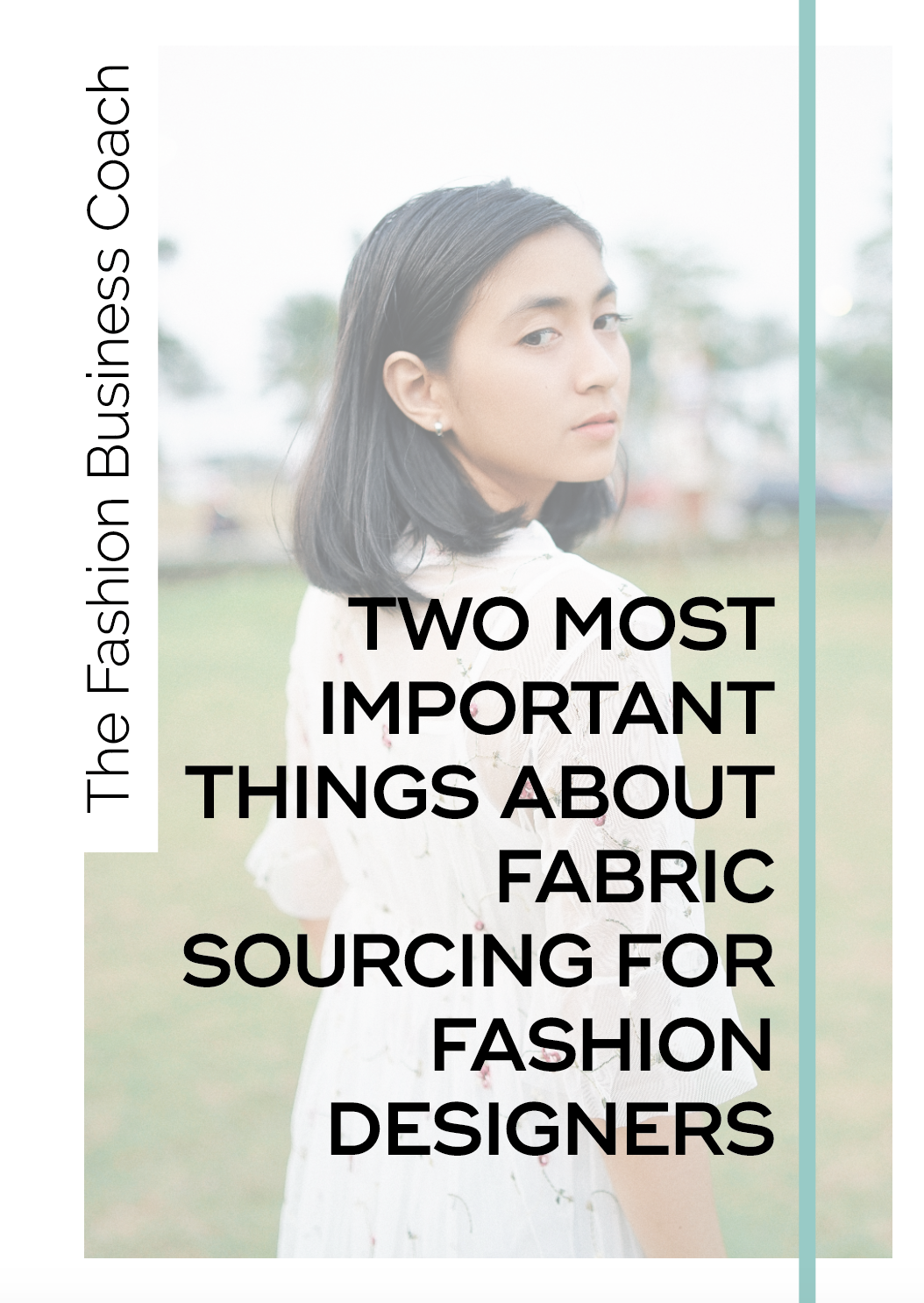
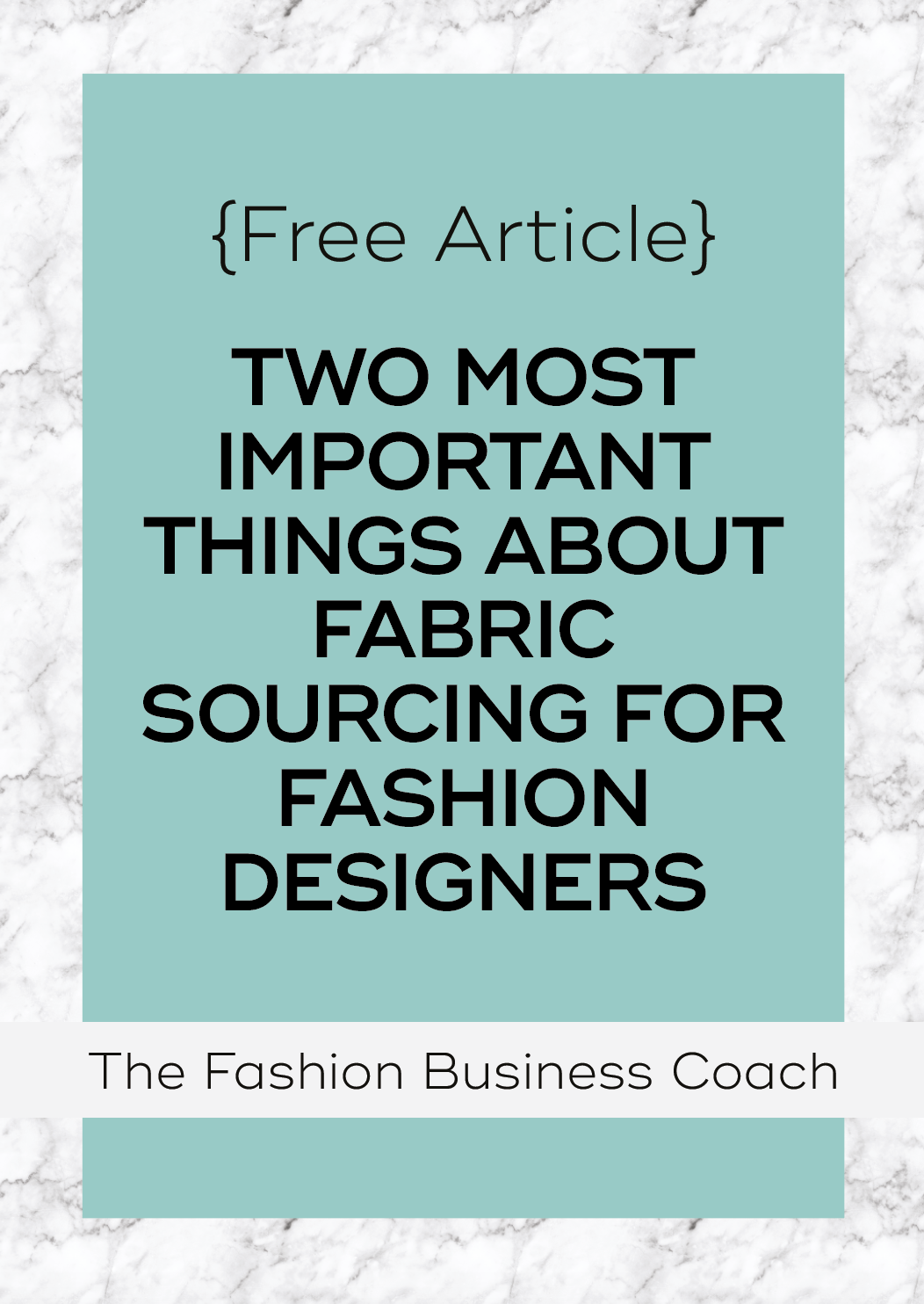
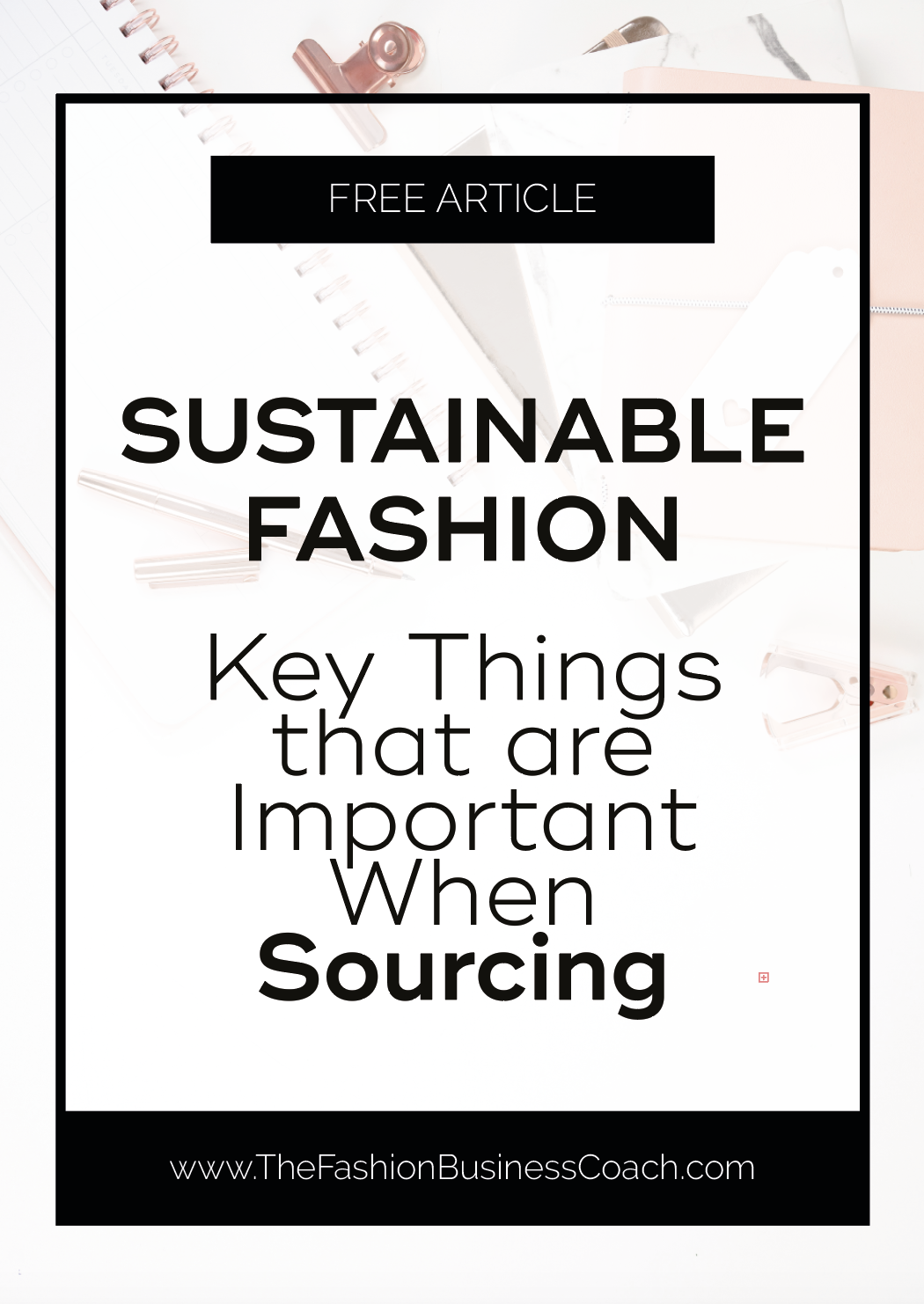












Pickleball outfit inspiration……